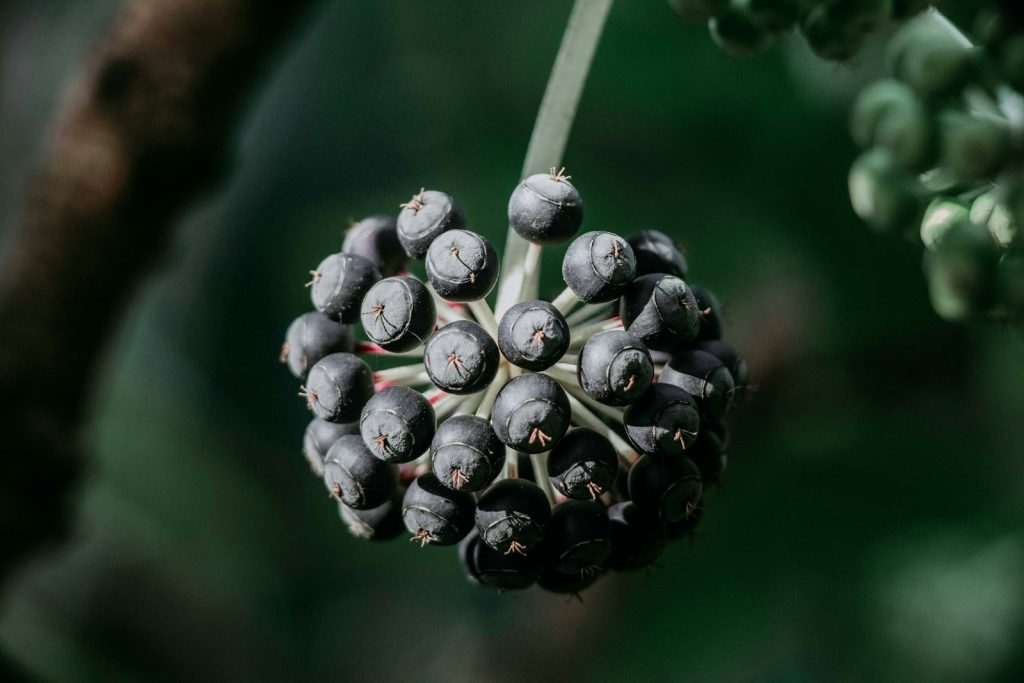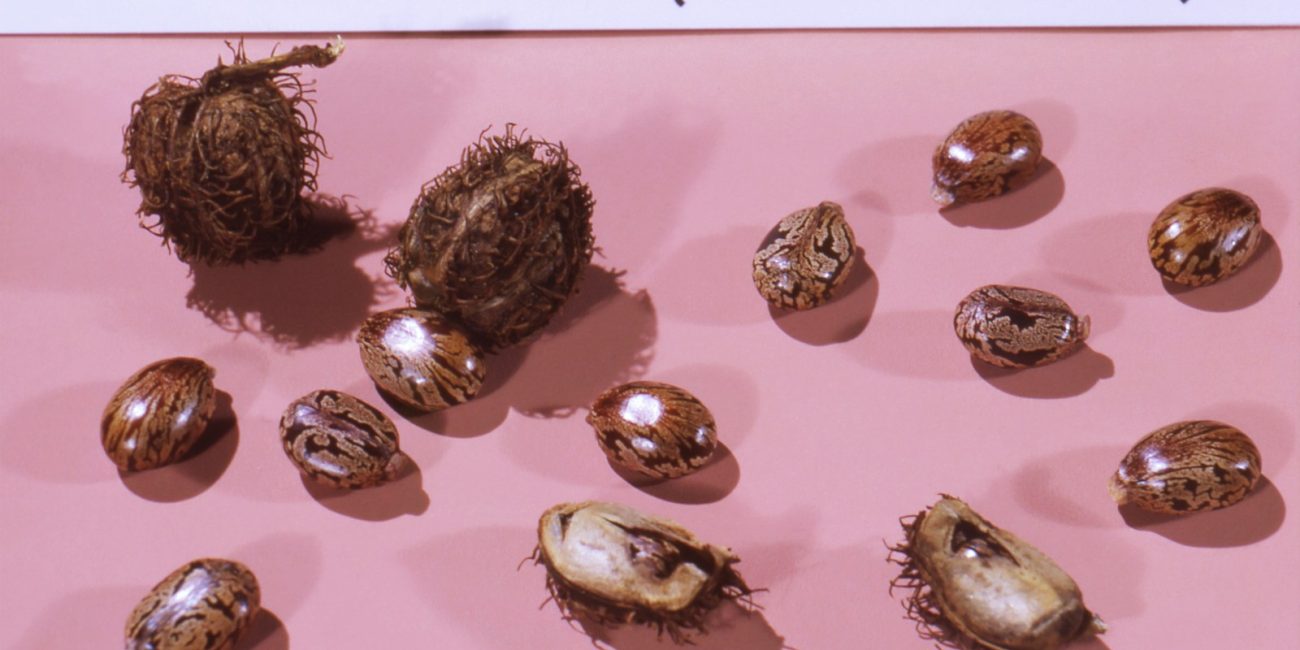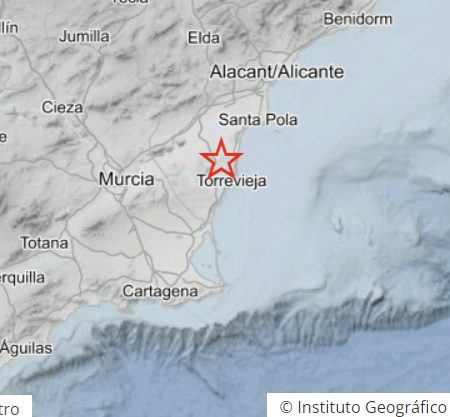The Costa Blanca is a haven for both humans and pets, with its warm climate, sunny terraces, and lush greenery. However, if you have a dog and live in or visit the region, you should be aware that not every plant that thrives under the Spanish sun is safe for your pets.
Several common species, from decorative flowers in gardens to wild plants on country walks, can be extremely toxic to dogs. Here’s what you should look out for—and what to do if your dog comes into contact with something dangerous.

Oleander is extremely toxic; even small amounts can be fatal. Found on roadsides, in public gardens, and between private hedges. Symptoms include vomiting, drooling, a slowed heart rate, seizures, and even sudden death. This is one of Southern Europe’s most dangerous plants; avoid at all costs.
Sago palm is also extremely toxic, particularly the seeds. Ornamental plants are found in gardens and on patios. The symptoms include liver failure, vomiting, diarrhoea, weakness, and tremors. Many people are unaware that this plant is deadly to dogs.
Bougainvillaea is mild to moderately toxic. It is not deadly, but it can cause discomfort. Found in nearly every Spanish garden or balcony. Symptoms include oral irritation, vomiting, and difficulty swallowing if consumed. The thorns can cause cuts in the mouth and paws.

Lantana levels are moderate to high. Seen in colourful flowering hedges and borders. Symptoms include vomiting, diarrhoea, weakness, and possible liver damage.
The castor bean plant is extremely dangerous and contains ricin. Located in some rural and uncultivated areas. Drooling, abdominal pain, tremors, seizures, and foetal organ failure are all possible symptoms. Even touching the plant can be dangerous.
Some other plants to be cautious of are
- Daffodils, which are common in pots or flowers bed in cooler months
- Jasmine, which is mildly toxic if eaten
- Morning glory seeds can cause hallucinations and gastrointestinal upset.
- Foxglove, which is cardiotoxic but less common here
- Hydrangea can cause stomach upset and lethargy
Tips to keep your fur babies safe on the Costa Blanca
- Avoid letting your dog nibble plants on walks
- Teach a strong ‘leave it’ command.
- Check garden centres for pet-safe labels or ask directly.
- Fence off dangerous plants in your own garden.
- Always supervise puppies in new outdoor spaces, as they’re naturally curious.
The Costa Blanca’s lush gardens and Mediterranean beauty are part of what makes life here so special and colorful—but if you share that life with your pets, it’s worth taking a few minutes to learn which plants may pose a risk. With a little awareness, you can keep your dog safe, happy, and healthy while exploring this beautiful region.









No Comment! Be the first one.